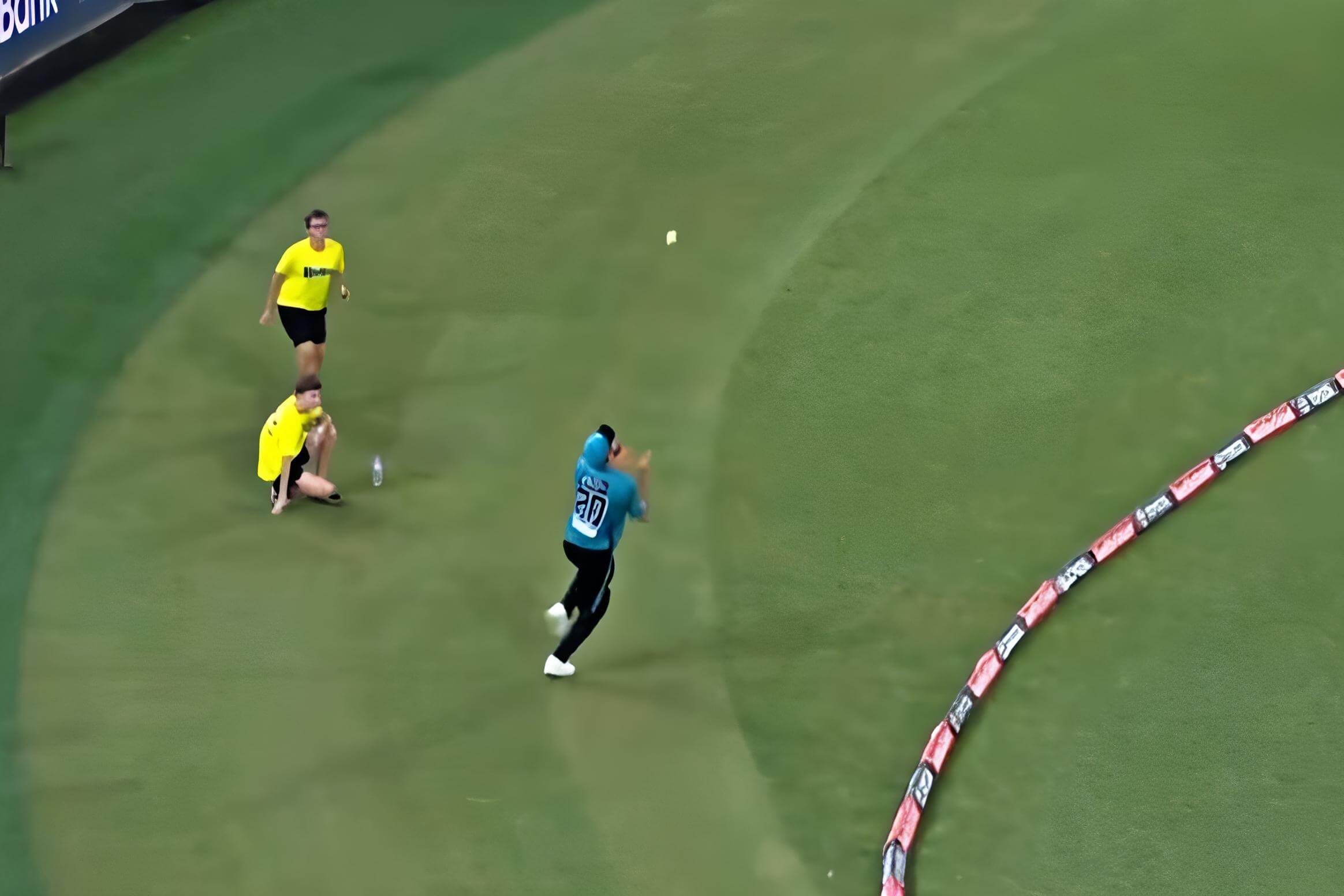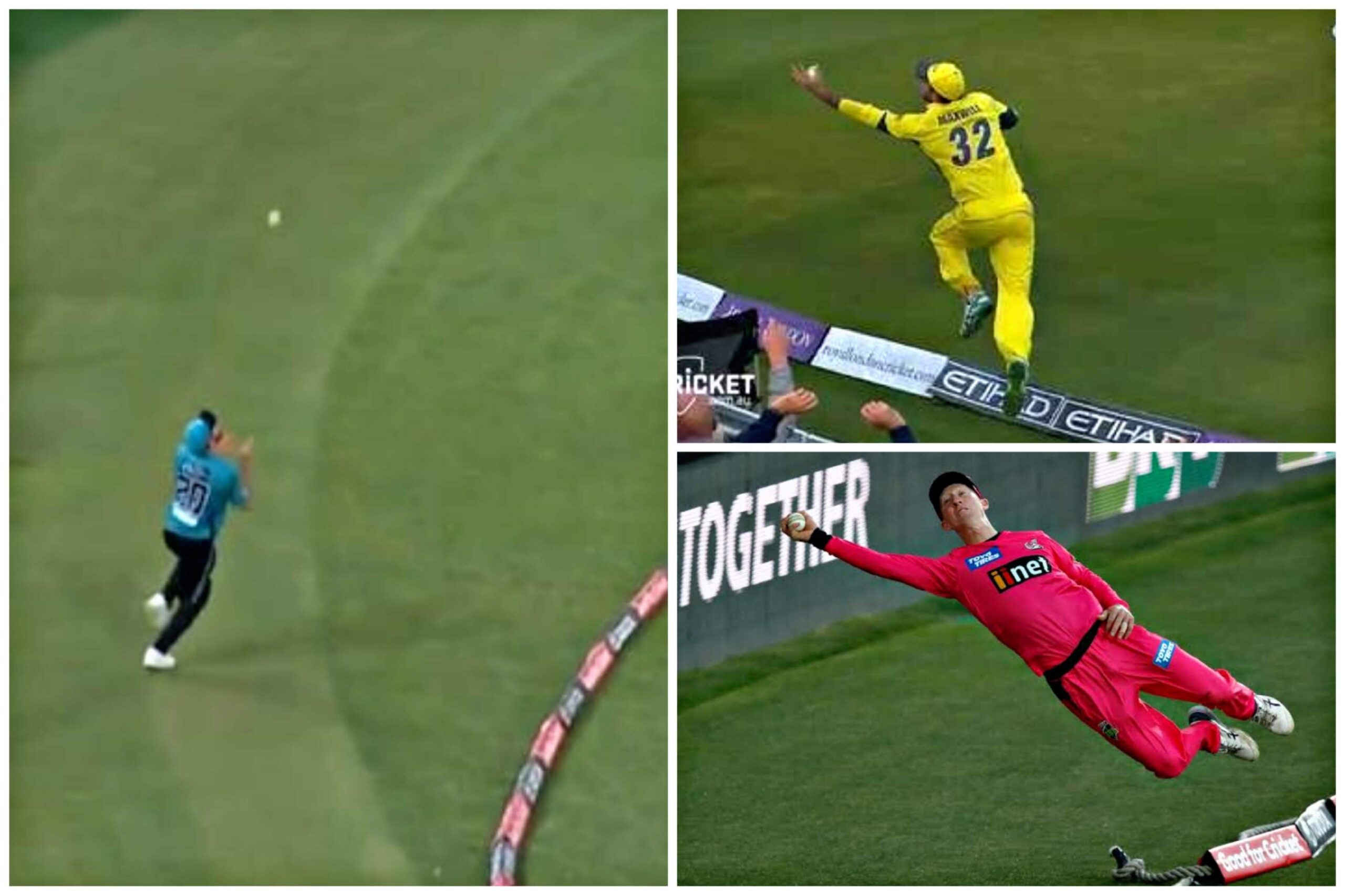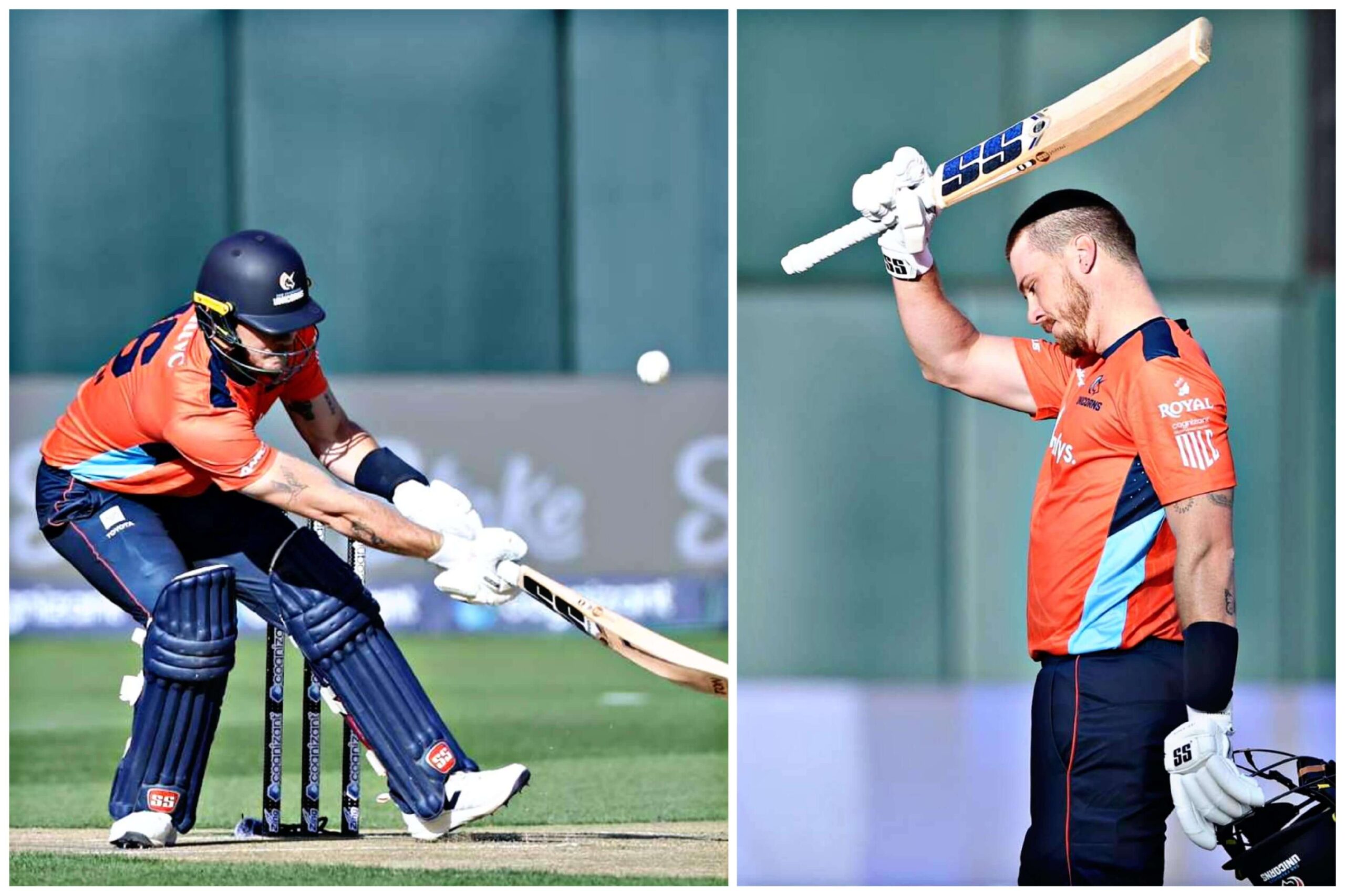MCC Boundary Catch Rule Change Explained
The Marylebone Cricket Club (MCC) has announced a significant amendment to Law 19.5.2, bringing an end to controversial boundary fielding involving airborne “bunny hop” catches. This move is aimed at restoring fairness and clarity in modern cricket.
1. The Need for Change: Why MCC Updated the Rule
Over the years, fans have been left puzzled — and often frustrated — by boundary catches where fielders juggle the ball mid-air while stepping outside the field, only to re-enter and complete the catch. While technically legal, these moments were often seen as violating the spirit of the game.
The most infamous instance was Michael Neser’s multi-touch boundary catch in the Big Bash League 2023, where he tapped the ball multiple times mid-air beyond the rope before completing the dismissal. Though spectacular, it raised global debate on whether such efforts were truly fair. Recognizing this, the MCC has now stepped in to revise the laws to remove ambiguity.
2. The Old Law 19.5.2: What It Allowed
Under the previous version of Law 19.5.2, the rule only restricted the initial grounding of the first fielder:
A fielder could jump from inside the field of play, touch the ball while airborne over the boundary, step out, jump again, and tap or catch the ball mid-air.
Relay catches with multiple airborne touches were permitted, provided the initial jump was from within the boundary.
There was no restriction on how many times a fielder could tap the ball mid-air, or whether they could leave and re-enter the boundary during the same play.
This led to dramatic — but legally complex — fielding efforts that often confused spectators and commentators alike.
3. The New Law 19.5.2: One Touch Rule for All Fielders
Effective from June 17, 2025, in international matches (and to be formalized from October 2026), MCC’s revised Law 19.5.2 removes the ambiguity and sets clearer limits:
> “Any fielder who leaves the field of play can touch the ball only once while airborne outside the boundary. After that point, any contact with the ground must occur inside the field, or the result will be a boundary.”
This means:
Multiple airborne touches from outside are no longer allowed.
The same law applies to all fielders involved — not just the one who touches the ball first.
4. Sub-Clause 19.5.2.1: The One-Time Airborne Touch Rule
Here’s how this specific clause works:
A fielder can jump from beyond the boundary and touch the ball once in the air.
But once they do, every subsequent ground contact must be inside the field of play.
If they land or even slightly step outside again — even after completing the catch or pass — it will be considered a boundary.
✅ Legal:
Touch ball once mid-air from outside → land fully inside field.
❌ Illegal:
Touch ball → land outside again during same play.

5. Sub-Clause 19.5.2.2: Relay Catches Reformed
Relay catches often involve two or more fielders working together to complete a catch. Under the new rule:
Each fielder involved in the relay must comply with grounding laws.
If any fielder touches the ball after jumping from outside, they must land and remain within the field till the play ends.
Even a simple step outside after the touch makes the whole effort invalid — and a boundary is awarded.
6. MCC’s Statement: Restoring Fairness
According to MCC’s official note:
> “Our solution has been to limit any fielder who has gone outside the boundary to touching the ball while airborne only once. After that, the boundary becomes a hard line.”
They emphasized that fielders can still make sensational catches — but now within a clearer and fairer framework. MCC wants to preserve the athleticism of modern fielding, but without compromising the spirit of the game.
7. Impact on the Game: What This Means for Players
This law change will significantly impact:
Training strategies: Fielders will need to rehearse legal airborne efforts with stricter awareness of foot placement.
Decision-making under pressure: Players will need to think twice before attempting “acrobatic” relay catches.
Third umpire reviews: With clearer guidelines, video decisions may now be faster and less controversial.
It could also lead to a decline in dramatic boundary juggling — but for many, that’s a worthy price for restoring fair play.
8. Fan Reactions: Divided Yet Hopeful
Social media and cricket forums have seen a mixed response:
Supporters argue that the rule brings clarity and fairness.
Critics say it limits creativity and athleticism in fielding.
India vs India A Intra Squad Match Preparation for England Tests
However, most fans agree that something had to be done after confusing incidents like Neser’s BBL catch and Renshaw-Banton’s 2020 relay effort.
9. What Remains Legal: Inside-to-Outside-to-In Catches
Interestingly, MCC confirmed that the following remains legal:
A fielder can push the ball from inside the field toward the air outside, step out, and then re-enter to complete the catch — provided they don’t touch the ball mid-air from beyond the rope more than once.
So, split-second skills and planning still matter — but now within a clearer rulebook.
10. Conclusion: A Fairer Future for Fielding
The MCC’s new boundary fielding rule is a step toward clarity, fairness, and consistency in the modern game. While it may reduce the number of jaw-dropping multi-hop boundary catches, it restores the balance between spectacle and sportsmanship.
As the rule comes into effect this June in international cricket, fans and players alike will adjust to a new — and possibly better — era of boundary brilliance.













